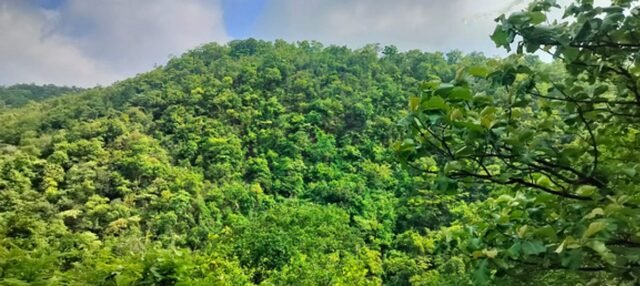Image used for representational purposes only. (File Photo | Express)
ADILABAD: The erstwhile Adilabad district has recorded a steady decline in forest cover despite the previous government’s spending crores over the last decade on its Haritha Haram plantation drive. The latest India State of Forest Report (ISFR), released in September, attributes the loss to shifting (podu) cultivation, illegal tree felling and smuggling.
According to the Forest Survey of India, Adilabad lost 115.50 sq km of forest cover, Nirmal 45.37 sq km and Komaram Bheem Asifabad 44.61 sq km between 2022-23 and 2023-24. Mancherial, however, saw an increase of 34.96 sq km.
Dense forest cover now stands at 22.01 sq km in Adilabad, 57.74 sq km in Nirmal, 41.32 sq km in Asifabad and 28.42 sq km in Mancherial. Statewide, Telangana’s forest area is 21,179.04 sq km, reflecting a decline of 100.02 sq km, with Adilabad and Bhadradri Kothagudem registering the sharpest falls.
The survey also noted fewer forest fires, with alerts from SNPP-VIIRS sensors showing a drop between 2022-23 and 2023-24. Detections in Adilabad fell from 786 to 391, in Komaram Bheem Asifabad from 899 to 582, in Nirmal from 1,166 to 685 and in Mancherial from 714 to 513.
Encroachment remains a major concern, with tribals reportedly cutting trees and cultivating forest land in the hope of securing pattas. Even those with existing pattas of 5–10 acres are allegedly encroaching upon additional land. Teakwood smuggling continues to be rampant, particularly in the Echoda range, where forest officials were recently attacked during raids. Police have invoked the PD Act against habitual offenders, including Multani groups involved in tree felling and transportation.
Officials admit that despite the targets of planting four crore saplings annually under Haritha Haram, survival has been poor. Land diverted for roads and projects was supposed to be offset by compensatory plantations, but records of felled trees and new plantations remain incomplete.







